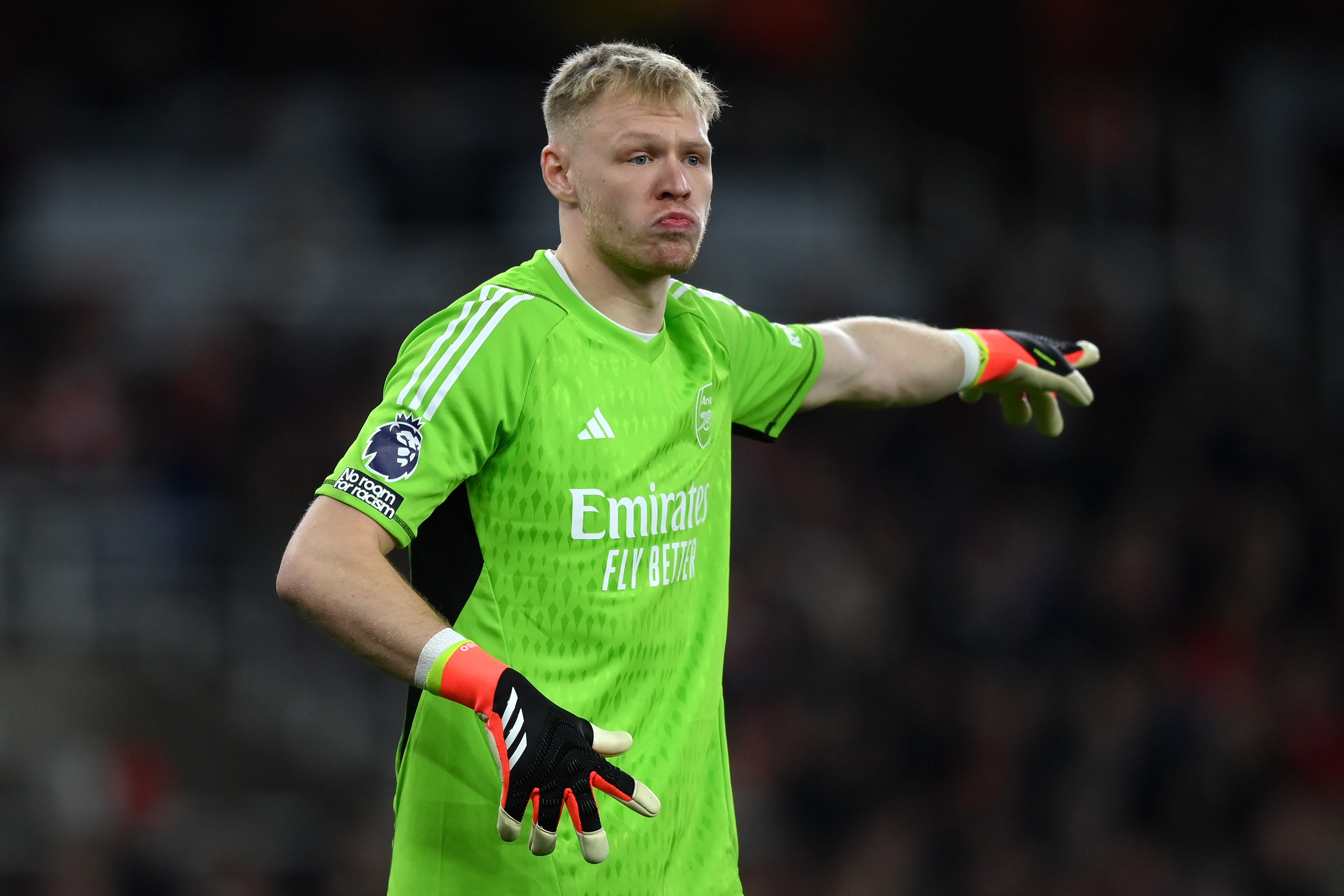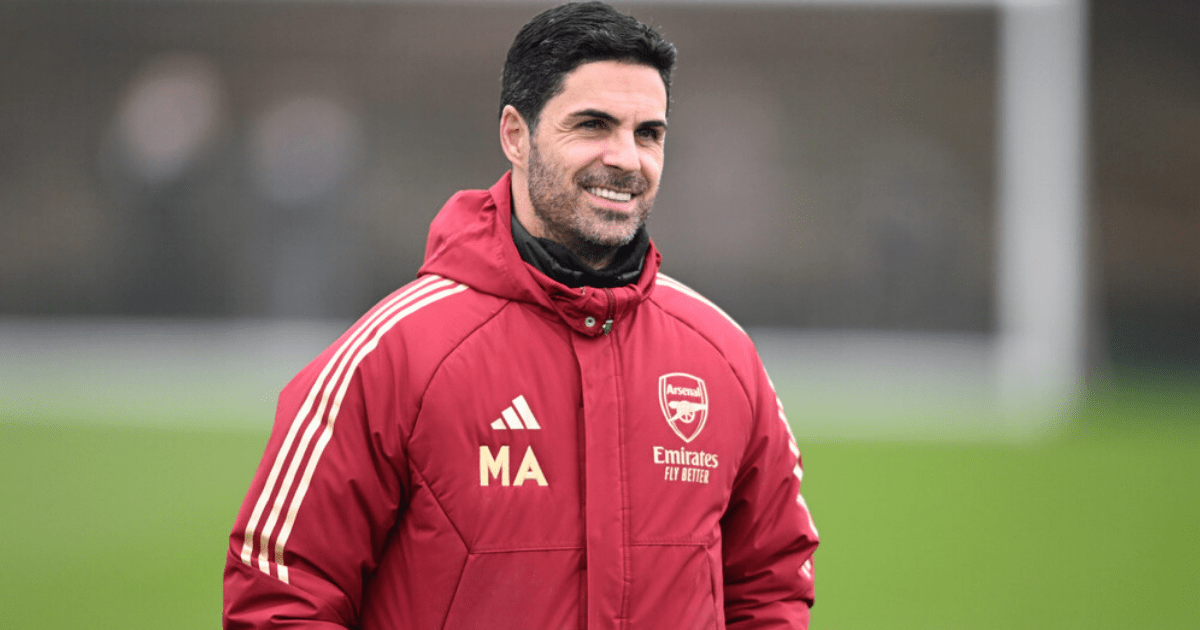The Pressure is On
As the end of the season nears, Arsenal's players are not only fighting for silverware but also for their futures with the club. With key games ahead, some stars have just a handful of matches to prove they deserve to stay.
Aaron Ramsdale: Limited Opportunities
Arsenal's goalkeeper Aaron Ramsdale may find himself with limited chances to play as David Raya takes the lead. Despite being a beloved backup, Ramsdale's time at the Emirates could be coming to an end, with interest from other Premier League clubs.
Fabio Vieira: A Forgotten Man
Midfielder Fabio Vieira's move to Arsenal hasn't panned out as expected, with injuries and lack of playing time pushing him down the pecking order. The 23-year-old needs a standout performance to secure his future with the club.
Emile Smith Rowe: Injury Woes
Injuries have plagued Emile Smith Rowe's season, limiting his opportunities on the pitch. Despite his potential, Smith Rowe needs to shine in the remaining games to avoid being sold, potentially funding a squad revamp for Arsenal.

Reiss Nelson: Surplus to Requirements
Winger Reiss Nelson's future at Arsenal looks uncertain, with limited appearances and competition for his position. A standout moment is needed for Nelson to avoid being sold, with interest from other clubs looming.
Eddie Nketiah: Struggling to Impress
Eddie Nketiah's goal-scoring abilities may not be enough for Arsenal's ambitions, with the club possibly looking for a new striker in the transfer market. Nketiah needs a standout performance to secure his spot in the squad.
Frequently Asked Questions
Are there any specific regulations regarding equipment during competitive football matches?
It is true that competitive football matches enforce equipment regulations in order to protect players and maintain the integrity of the game. The laws of the sport stipulate standard equipment like jerseys with sleeve, shorts, socks over shinguards or appropriate footwear. Adornments and equipment that pose a danger to the player or opponents are strictly prohibited. The rules can differ by league, and even age group.
What are the basic pieces of equipment required for playing football?
The basic equipment required for playing football includes a jersey or shirt, shorts, stockings, shin guards, and cleats or football boots. Goalkeepers often require extra gear, such as gloves or padded clothing that protects them from injuries during dives and leaps. To maintain safety and to comply with rules, it’s important that players wear the right clothing.
What factors should I take into consideration when selecting a ball?
Consider the size of the ball, its material, and its construction. For players 12 years and older, including adults, the size 5 is recommended. Younger players should use smaller sizes appropriate for their age. Material should match the surface of the pitch – leather on natural grass, and synthetics for rougher surfaces. Thermal-bonded balls are also better at waterproofing and retaining their shape than stitched ones. Durability, flight stability, and touch are all important qualities to consider.
Should I wear compression equipment when playing football
Compression gear can be helpful for footballers. It may help to increase blood circulation and reduce muscle fatigue. A tight-fitting material may also help to stabilize the muscles. Compression gear can be worn by anyone, but comfort is the most important factor to consider when choosing such equipment.
Can socks affect a player’s performance in football?
Absolutely. Football socks are made to protect and cushion the feet of players during intense games. They provide cushioning, help keep shin guards secure, reduce friction and prevent blisters. Good football socks will improve a players comfort which will in turn affect their performance.
Statistics
- Globally, the demand for lightweight football cleats has risen by about 30% in the past decade, reflecting changes in player preferences and playing styles.
- Studies show that the proper use of shin guards can reduce the risk of injuries in football players by up to 70%.
- Compression garments are used by about 50% of professional football players during training sessions for muscle support and injury prevention.
- Around 25% of youth football players have reported using equipment that is either outdated or not suited to their position on the field.
- A survey found that nearly 80% of football players believe that high-quality football socks are essential for optimal performance.
External Links
adidas.com
prodirectsoccer.com
footy.com
podiatrytoday.com
fifa.com
How To
How To Fit a Football Helmet Correctly
The proper fitting of a football helmet is paramount to ensure player protection. Make sure the jaw pads fit snugly on the cheeks and that your helmet is positioned one inch above eyebrows. The chin band should be in the middle and tightened until no more than a finger can be squeezed between it and your chin. You should always check for stability. Make sure the helmet does not slide or rotate when you move it. It’s recommended to seek professional assistance the first time you fit a helmet to ensure optimal safety.

